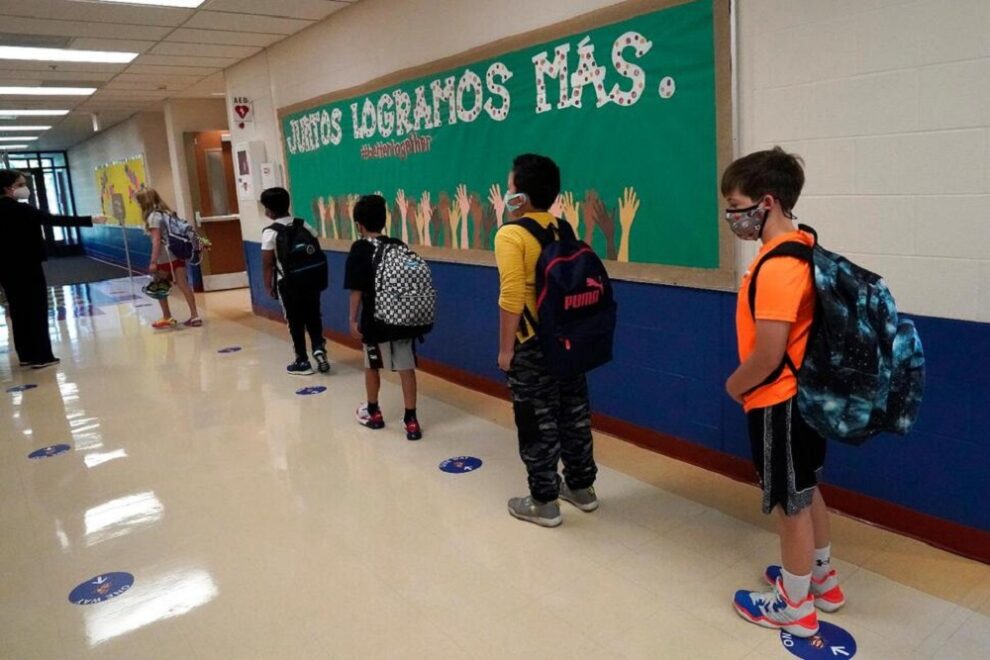SPRINGFIELD, Ill. (AP) — The shortage of teachers in Illinois has slowed and even improved but gaps in critical areas, such as special education, remain and racial diversity among school leaders lags far behind that of the state’s pupils, according to a study released Thursday.
The review by advocacy group Advance Illinois is a follow-up to a 2022 survey examining the impact of the COVID-19 pandemic on public education. The report found that the supply of new teachers and principals has gradually increased in recent years. And many have stayed in their jobs even during the difficult first two years of the coronavirus, which forced schoolhouses around the state to close and later go to virtual learning.
The possibility of filling leadership roles appears to be a bright spot. The report found that there are enough teachers in the state who have completed credentialing to become principals. But those teachers are not distributed equally. Over half of the state’s school districts do not have a teacher qualified to step into the principal’s office.
“This topic, this question of how is our workforce doing, do we have supply to meet demand is complex with trends and challenges varying from position to position,” Ann Whalen, Advance Illinois deputy director of policy, said in introducing a panel discussion at City Club of Chicago, where the report was released.
The report’s findings came as a surprise in many areas. Despite the historic classroom disruption of COVID-19, the number of teachers, assistant principals and paraprofessionals, or classroom aides, grew by 7,000 from 2018 to 2022, reaching totals not achieved since 2009. During the challenging first two years of the pandemic, staffing levels were steady and even grew in some areas.
But newly trained candidates in special education and bilingual education lag behind demand and attrition is especially high among special education instructors. The number of paraprofessionals, key to helping classroom teachers provide individual attention, is declining.
“The paraprofessional today is experiencing, unfortunately, a structural problem in the economy where it’s, ‘Hey, I could go work at Walmart for $16 an hour,’” or get the same pay with more difficulties at a school district, said Illinois Rep. Carol Ammons, a Democrat from Urbana and member of the panel. “We’re making the decision for them when we don’t invest in a living wage for paraprofessionals.”
The teacher workforce is more diverse but not as much as the student body, the report said. It points to research that indicates diversity among the teaching corps benefits all students.
State officials responded to the pandemic with more flexible licensure, fueling the increase in teacher numbers, grants to areas of the state with shortages, and other initiatives, some of which existed before the pandemic. But the report notes that most of the new programs were financed with now-depleted federal pandemic-relief money.
Copyright 2023 The Associated Press. All rights reserved. This material may not be published, broadcast, rewritten or redistributed.
Source : U.S. News











